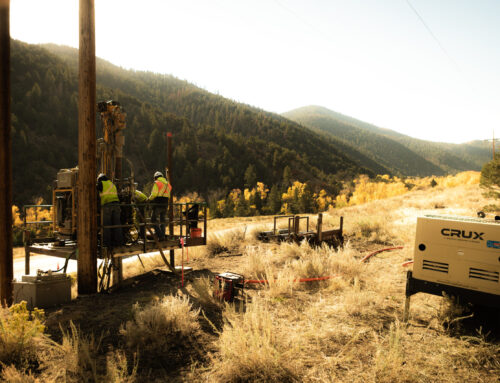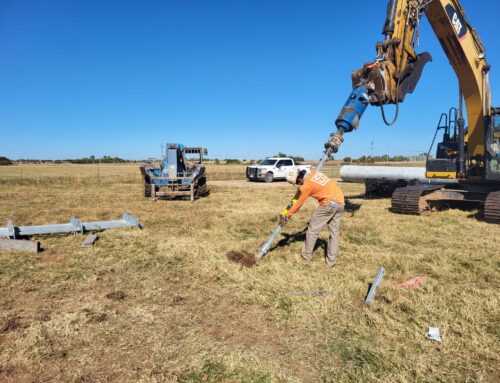
Specialty Foundation Design & Construction
The intertie project included construction of a 57-mile, 138 kV transmission line connecting the Swan Lake and Lake Tyee hydroelectric facilities, north of Ketchikan, Alaska. The new line provided for the interconnection of three major electric systems in the area, improving the overall utilization of available hydroelectric resources. Construction was completed exclusively by helicopter support, as the right-of-way was inaccessible by other means. The line went into service in 2009 and was the first transmission project of this magnitude to be constructed using solely micropile foundations.
Team Members
Wilson Construction Company
Commonwealth Associates
Dryden & Larue
Tetra Tech EC
Mountain Air Helicopters
Temsco Helicopters
Crux Subsurface
Crux’s Role
Crux provided micropile foundation design-build services for all structures on the alignment. Micropiles were an effective foundation option for this project, because installation materials and equipment can be lightweight and remain consistent from one foundation to the next. They can also accommodate varying tower loads and geotechnical conditions efficiently by changing the number and/or depth of piles.
The line originally included 290 self-supporting and guyed towers with 652 total foundations, but value engineering conducted by Crux reduced these numbers to approximately 262 towers and 360 foundations. In total, 45,000 feet of micropiles and 9,000 feet of guy anchors were installed using similar methodologies and equipment. Lightweight, highly capable helicopter portable drill rigs were designed for efficient and environmentally sensitive setups at foundation locations, which varied from flat soft muskegs, to steep ridge-top locations. Each tower location had between one and six foundations installed, and each foundation was comprised of between three and nine battered micropiles. Once micropiles installation was complete, galvanized steel pile caps were installed using a bolted connection.
Due to the remoteness of the project, flat deck barges and barge camps were utilized as mobile living quarters, maintenance and machine shops, management and dispatch offices, helicopter landing zones, grout batch plants and materials storage yards. In September 2005, the project received a Special Recognition Award by the Outstanding Project Awards Program of the Deep Foundations Institute.







